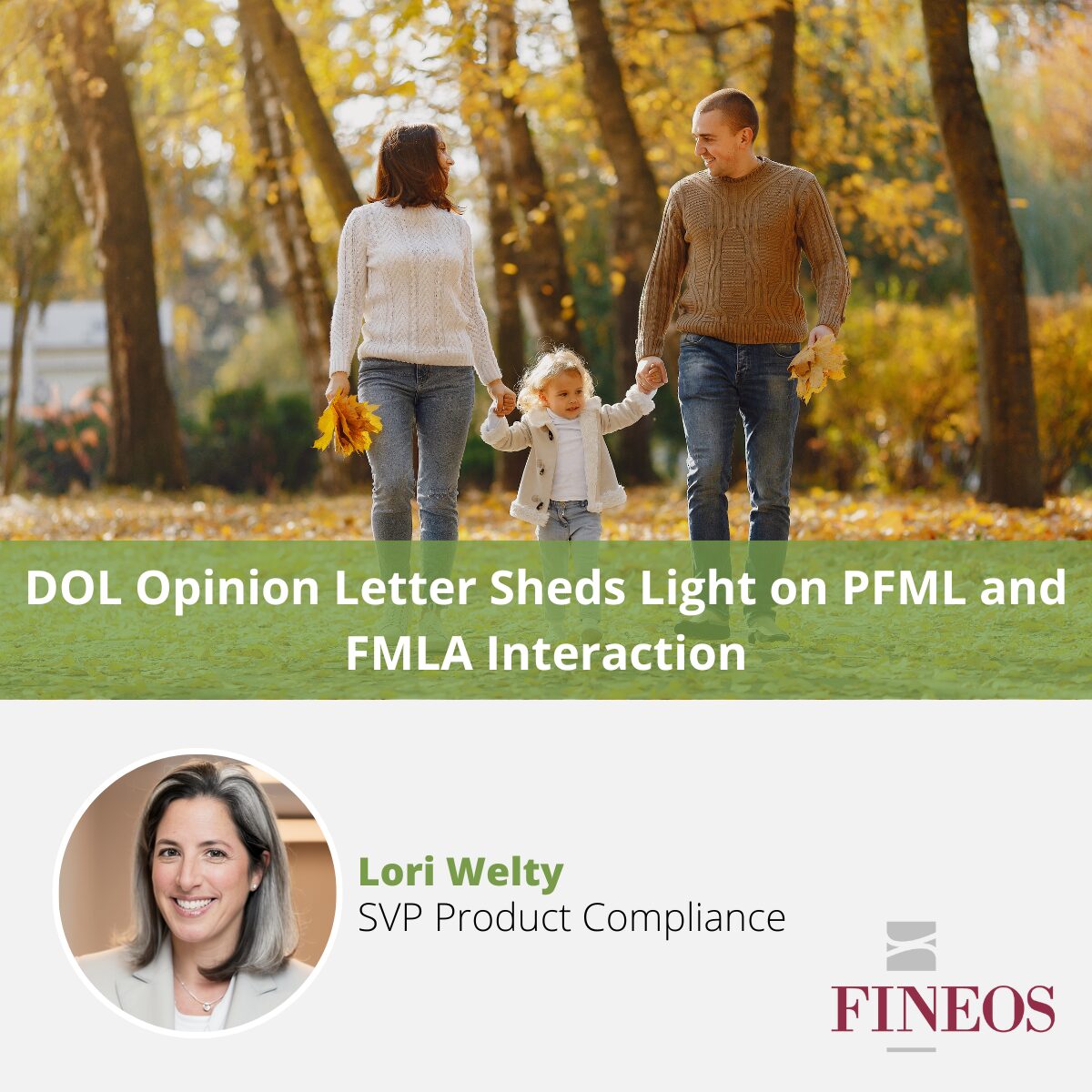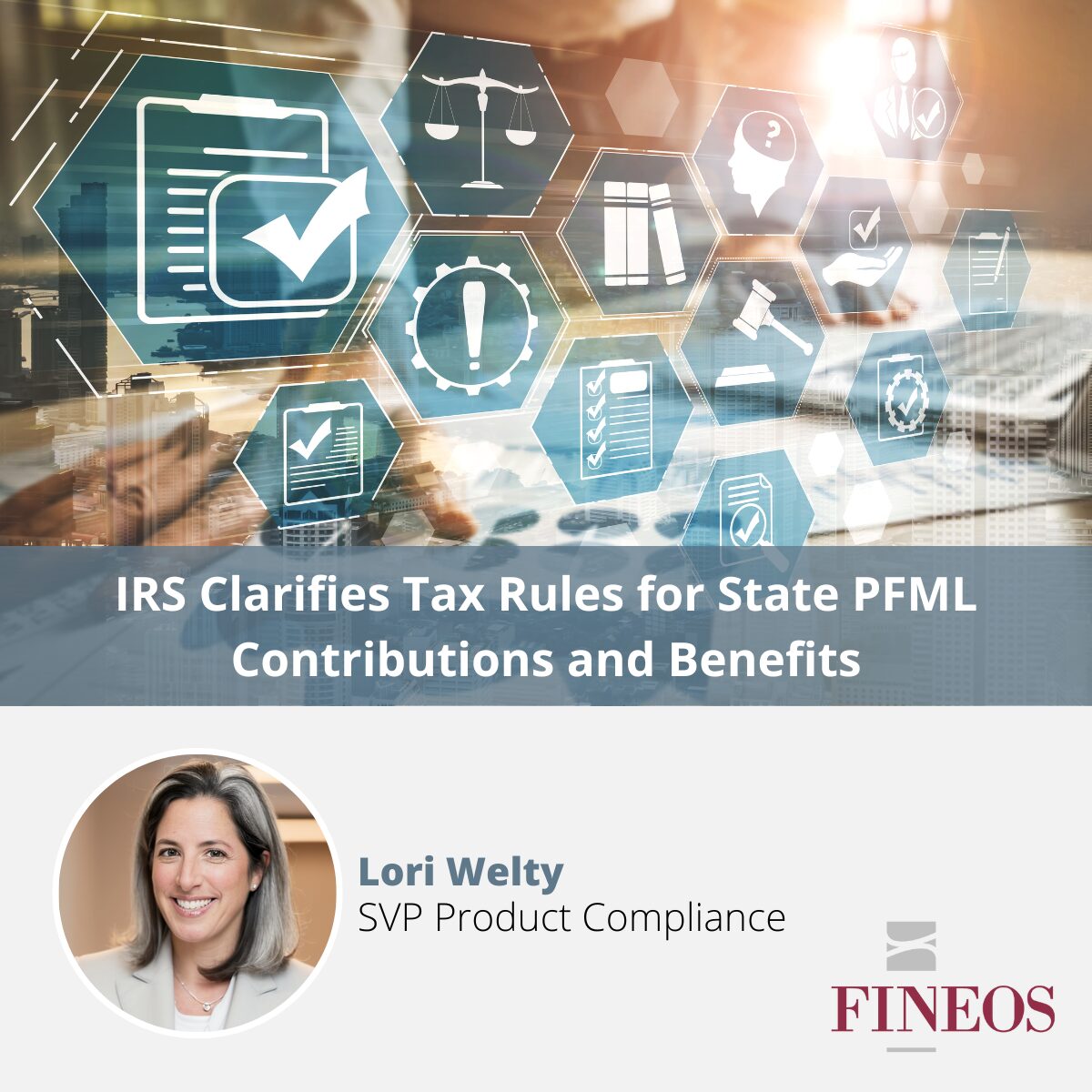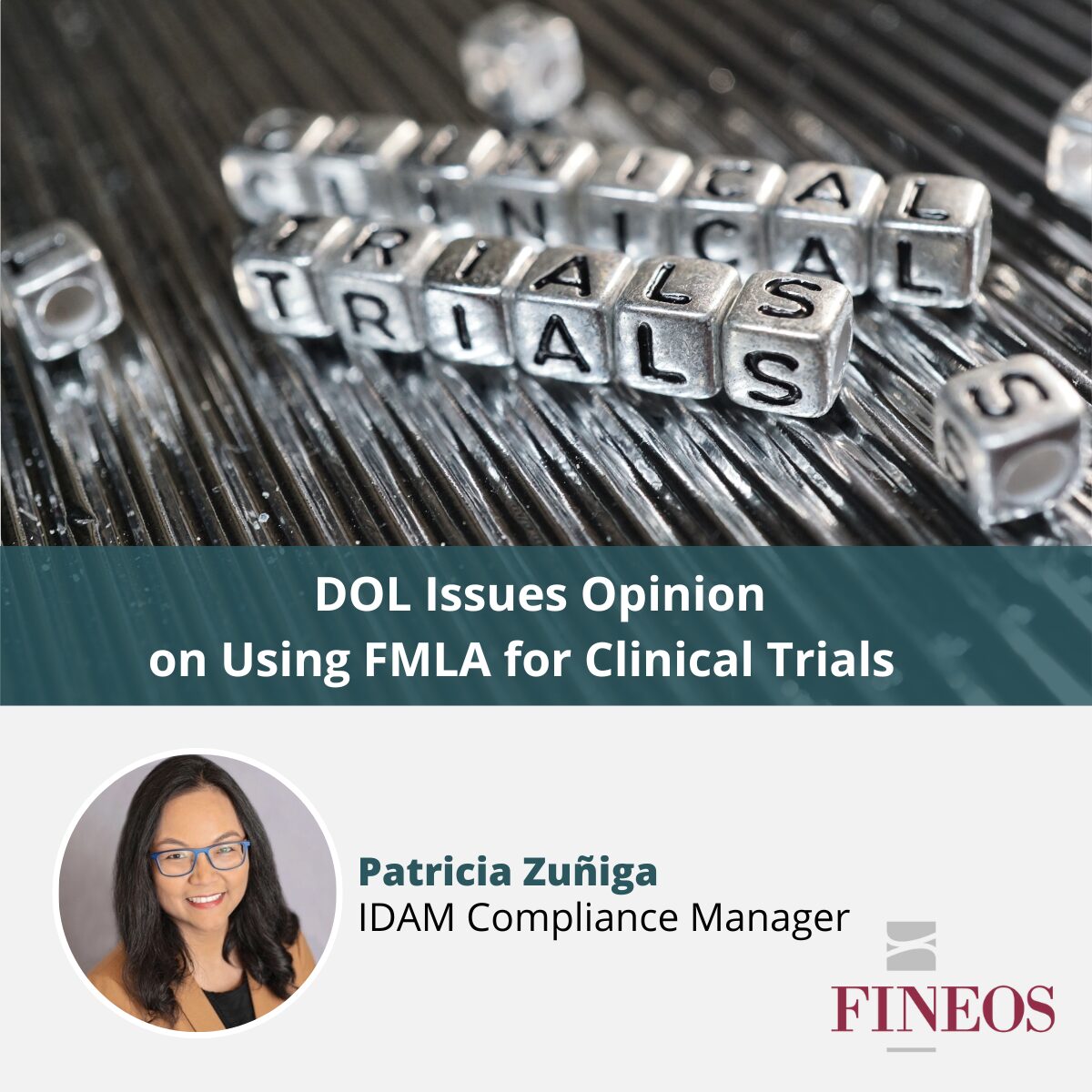Graham Newman, European Product Marketing Manager, FINEOS
On our final day we began by developing one of the themes that has been running through the conference, looking deeper at the medicalization of symptoms and how this influences disability, recovery and the return to work. This theme was reviewed most aptly in the opening keynote session with John LoCascio, MD FACP FAADEP, VP and Medical Director, Prudential Financial (US). John practised Internal Medicine and Geriatrics for 10 years before joining the Unum Life Insurance Company in 1990 and the Prudential Insurance Company (US) in 2005. John has over 20 years experience of Insurance Medicine across the whole spectrum of the industry and has contributed to disability texts including the 5th edition of ‘Medical Selection of Life Risks’, ‘A Physician’s Guide to Return to Work’, and ‘Malingering and Illness Deception’.
In At the Cutting Edge: Complex Claim Analysis, John started with the claim that rehabilitation and return to work are the ultimate goals in disability, (or any other high-medical-content insurance product). He underlined that such outcomes are critically influenced by psychosocial factors, an aspect that echoed Professor Sir Mansel Aylward’s keynote speech from Day 1. He then went on to link this to the fact that state-of-the-art claim systems make increasingly more medical and non-medical data available to both governmental and commercial insurance organisations. This goes to the nub of the challenge of claims analysis; it lies between an enlightened goal and an extensive database.
Driven by regulation and “medicalization”, claims have become increasingly “complex”, which from a medical perspective means that medical data has become increasingly “non-medical”. For that reason, the classic clinical, (or “biological”), models of claim analysis and underwriting are less and less able to deal effectively with that small but critical segment of controversial claims that mean the difference between expected incidence and runaway claims experience.
Optimal integration of medical and non-medical factors into a coherent and defensible claim analysis requires a specialised medical professional who is comfortable working at the interface of bio-psychosocial medicine; functional analysis; and the business, regulatory and legal environment.
John took Sir Arthur Conan Doyle’s words from ‘The Adventure of the Blanched Soldier’, where he has Sherlock Holmes say:
“I see no more than you, but I have trained myself to notice what I see.”
In a competitive world, better access to data of all kinds is the critical first step. But through enhanced medical analysis, properly trained and experienced doctors and nurses can help colleagues “mine” data more effectively, allocate resources more efficiently, identify and address “subjective” claim issues, and help set realistic expectations for return to life and, (when appropriate), return to work.
John was at pains to stress that none of this was about denying anyone their rightful benefits, but had recovery at its core and the enabling people to return to work – and a normal life – wherever this was possible.
Our third and final customer case study followed John’s presentation, and this was a fascinating account of the challenges of change by Michael Whelehan, Head of Claims and Operations at FBD in Ireland. With an engaging and personal style Michael took us through FBD’s quite considerable change programme, which followed an in-depth review that concluded that far-reaching organisational changes were necessary to move the business forward. There were staff changes, with several new heads of departments appointed, large cultural changes and the replacement of legacy systems that had been in use for years. In the course of implementing a new system from FINEOS Michael spoke of why FINEOS was selected as their partner in this effort, and cited our ability to facilitate change, global experience, product capacity and strategic fit.
Of great interest to the assembled delegates was the knowledge FBD gained in the process and Michael took us through the lessons that they learned. He talked of the importance of visualising the end solution and how it will work in the organisation, of the need for proper training, that it must be deep, personal and relevant; he spoke of the importance of communicating to staff just what the implications of new systems can mean.
His talk concluded with a summary of the benefits. He described to us the advantages of the greatly increased control they now have, of the benefits of case management and workflow which provides them with the ability to categorise each claim and determine its direction to give it the most appropriate handling, and of increased ease of regulatory compliance. He spoke of the new focus on the customer and how the users now have much more time to really exercise their claims handling skills.
The conference concluded with a joint presentation from Randall Day and Jonathan Boylan. As Product Marketing Manager and Chief Technical Officer respectively they are well positioned to provide sound insight into claims transformation as we see it and how we at FINEOS are helping our clients in the industry position themselves to meet future challenges.
Randall set the scene by describing how good business transformational change is a process involving organisational change, a redesign of how things happen and, at this stage of the 21st. century it is inevitably wrapped up tightly with technology.
I made a lot in my speech about the inescapable connection between claims performance in the eyes of the consumer and brand value. This was echoed when Randall made the point that insurers need to transform claims in order to meet the promise to their customers inherent in their brand while at the same time taking care of the organisational imperatives of running a profitable business with good results. Making the point that it’s a major effort he posed the question “Why do it?”. Of course, he said, the more pertinent question is “How can you afford not to do it?” in today’s environment. It’s all about improving business outcomes and Randall drew attention to the numerous examples from around the world where the benefits of good, appropriate claims technology have enhanced transformation efforts and developed the claims ecosystem.
Jonathan took up the baton and described the complexity of the whole claims ecosystem. The claims process does not happen in a vacuum separate from the rest of the business, neither does it happen in a nice, neat, linear fashion; there are simply far too many participants and far too many possible means of communication. He developed the idea that the way to neutralise the huge time and cost of the complex intercommunication between the many parties was to change the way they are able to communicate. He described ways in which technology can be used to mirror the real world of interconnection instead of vainly attempting to shoehorn it into an artificial and linear straightjacket. This is precisely how technology has supported the interconnected web of communication lines that modern social networking has at its heart.
The 5th annual FINEOS Claims Summit drew to a close at lunchtime. It has been a fascinating three and a half days and we have heard some really interesting and stimulating presentations and speeches. With its theme of Transformational Claims Initiatives the conference was both a timely reminder of the topicality of change in the claims industry and a valuable insight into current thinking, the primary challenges and, above all, the art of the possible.
If you were not able to make it to this year’s conference then, as a first-timer myself I can only exhort you to watch out for it next year and make a date. The blend of intellectual ideas and practical experience, the breadth of coverage across classes of business and the sheer, world-wide experience of senior insurance and claims executives from seven countries, four continents and both hemispheres made this a uniquely valuable experience.


